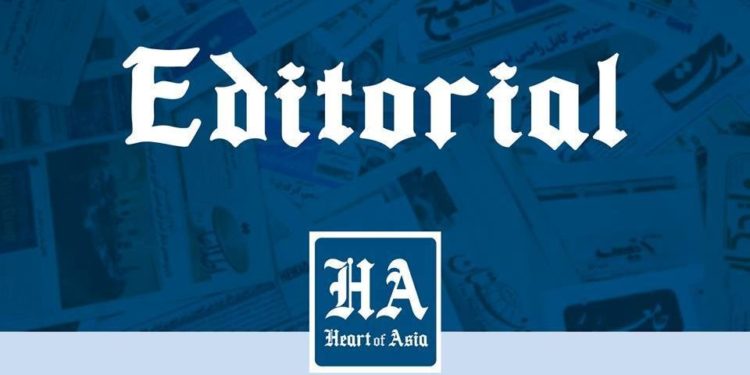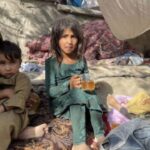Afghanistan is one of the countries within the world’s ancient civilizations, rich in cultural and historical heritage. However, after several decades of war and unrest, many art forms have been forgotten, and numerous traditions have faded away. The time has now come to revive this valuable heritage and begin a new wave of cultural pride and renaissance for the younger generation.
Reviving ancient arts in Afghanistan is not only important from a cultural standpoint but also plays a crucial role in fostering national unity and economic growth. In every region of Afghanistan, various traditional arts exist, such as goldsmithing, carpet weaving, embroidery, sculpture, and more. These arts hold not only special significance for Afghans but also have global value.
The revival of cultural arts will instill a sense of national pride in Afghans and help create unity among people from different ethnic groups. Moreover, this process will act as a new opportunity for the youth of Afghanistan. Afghan youths, many of whom are facing unemployment and migration, can find their passion in the arts and apply their talents in this field. With the help of modern technology, digitalizing and showcasing ancient arts will further increase the global significance of these arts and shine a spotlight on Afghanistan at an international level.
In this regard, the role of the Afghan caretaker government and the private sector is vital. The government must make efforts in the arts sector and encourage traditional artists who pass their skills down from one generation to the next. Likewise, private sector investment in this area can pave the way for new employment opportunities, ensuring economic growth in both rural and urban areas. Support from international art institutions and organizations is also critical. They can assist in training Afghan artists, providing equipment, and organizing international exhibitions.
Another essential aspect of reviving the arts is raising awareness and increasing educational opportunities. Teaching and promoting traditional arts in schools and universities will ensure the preservation and growth of this valuable heritage. Afghan youths, who face various challenges in education, can find learning opportunities in this area and contribute to revitalizing their country’s cultural wealth.
An additional issue that must be addressed is the prevention of trafficking in ancient arts and artifacts. Over the past few decades of war and misfortune, numerous historical and ancient artifacts from Afghanistan have been stolen and illegally transferred to other countries. It is the responsibility of the Afghan caretaker government to take serious steps in this area and cooperate with international organizations to protect these treasures. Furthermore, showcasing Afghan arts globally in exhibitions can attract international attention and create new income and job opportunities for Afghans.
In conclusion, reviving Afghanistan’s ancient arts is a national necessity. It not only preserves the cultural identity of the country but also guarantees economic growth, national unity, and global recognition. The Afghan caretaker government, private sector, international communities, and the youth must collectively work in this area to initiate a new cultural revolution.













